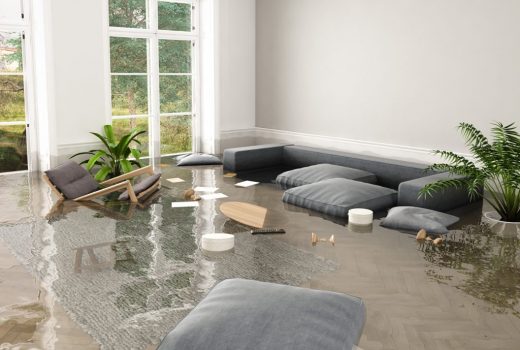Introduction:
A sewer backup is a homeowner’s nightmare, causing significant damage and posing health risks to occupants. Understanding the common causes of sewer backup is crucial for prevention and mitigation. In this blog post, we’ll delve into the primary culprits behind sewer backups and provide insights into how you can protect your property from this plumbing disaster.
1. Tree Root Intrusion:
One of the leading causes of sewer backups is tree root intrusion into sewer lines. Trees seek out sources of moisture, and sewer lines provide an ample supply. Over time, tree roots can penetrate sewer pipes, causing blockages and damage. Regular maintenance, such as root pruning and sewer line inspections, can help prevent tree root intrusion and mitigate the risk of sewer backups.
2. Clogged or Collapsed Sewer Lines:
Clogs and collapses in sewer lines can also lead to backups, preventing wastewater from flowing freely away from your property. Common culprits of clogs include grease buildup, debris accumulation, and foreign objects flushed down toilets. Regular sewer line cleaning and proper disposal practices can help prevent clogs and reduce the likelihood of sewer backups.
3. Heavy Rainfall and Flooding:
During periods of heavy rainfall or flooding, sewer systems can become overwhelmed, leading to backups into residential properties. Excessive rainfall can inundate sewer lines, causing backups into basements and lower levels of buildings. Installing backwater valves and maintaining proper drainage systems can help mitigate the risk of sewer backups during heavy rain events.
4. Aging Infrastructure:
As sewer systems age, they become more susceptible to deterioration and failure, increasing the risk of backups. Cracked or corroded pipes, offset joints, and sagging sewer lines are common issues in aging infrastructure that can contribute to backups. Regular inspections and proactive maintenance of sewer lines can help identify and address potential problems before they escalate into backups.
5. Fluctuations in Sewer System Pressure:
Fluctuations in sewer system pressure, such as surges caused by nearby construction or changes in water flow, can also lead to sewer backups. These pressure fluctuations can overwhelm sewer lines, causing them to back up into residential properties. Installing pressure relief valves and monitoring sewer system pressures can help mitigate the risk of backups due to pressure fluctuations.
Conclusion:
Sewer backups can cause significant damage and disruption, but understanding their common causes is the first step in prevention and mitigation. By taking proactive measures such as regular maintenance, installing preventive devices, and monitoring sewer system pressures, homeowners can reduce the risk of sewer backups and protect their properties from this plumbing disaster. Remember, when in doubt, consult with a professional plumber to assess your sewer system and implement preventive measures tailored to your specific needs.


